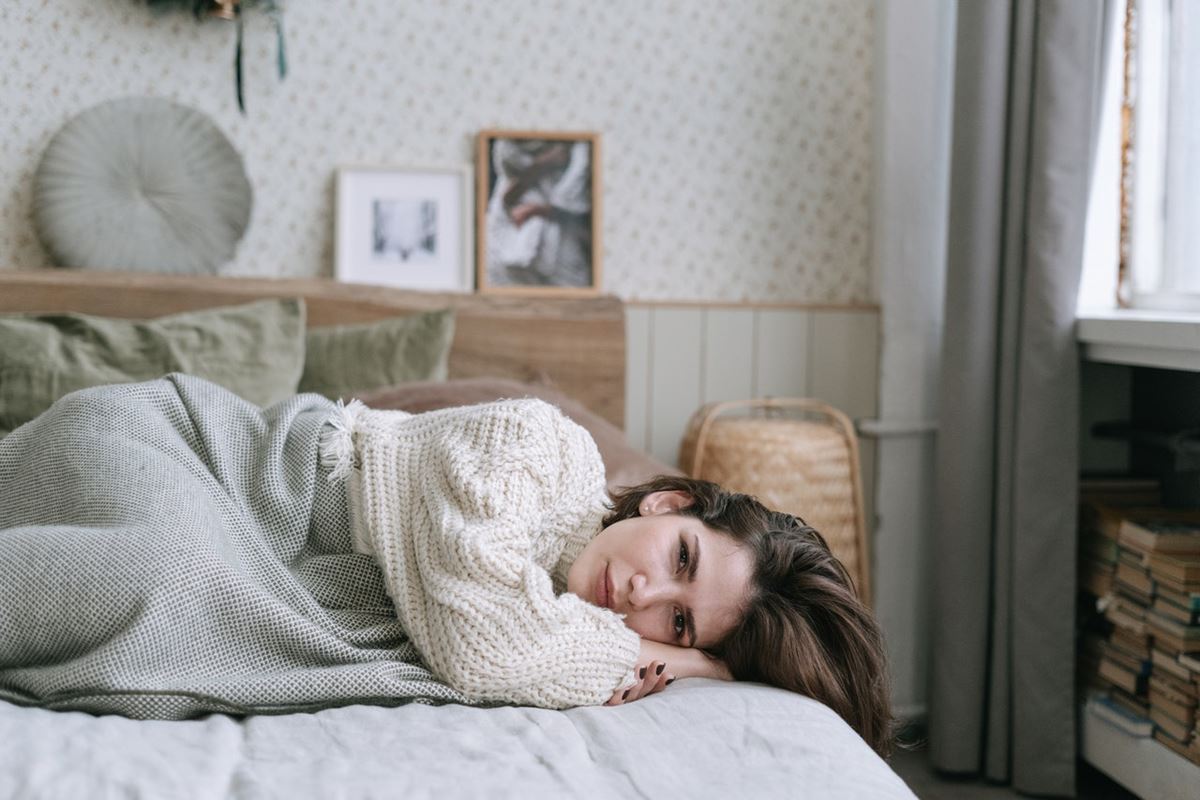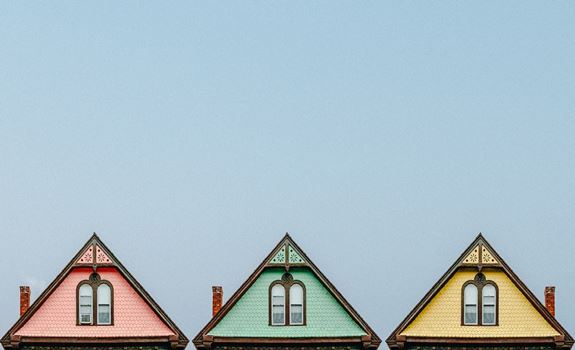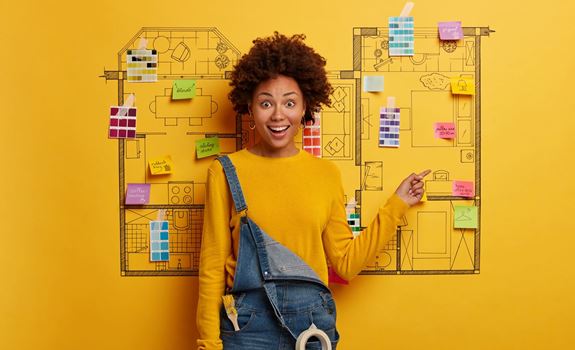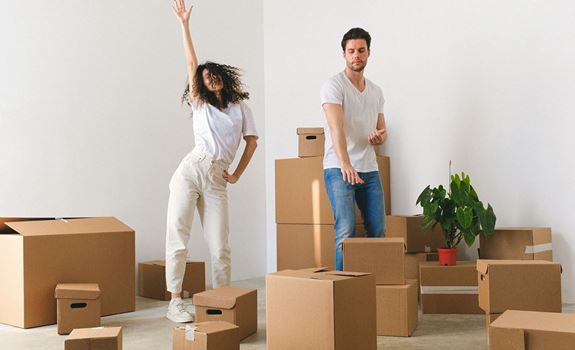What about your house makes you feel at home? On the most fundamental level, it offers you shelter, but beyond that, the level of comfort and connection it offers is what you really appreciate about it. Your response to your house’s design is most times unconscious, but you most likely have a clear opinion about your preferences and taste. Many of your reactions to the interior of the house go beyond the surface and are connected to your instincts for stimulation and security.
It would help if you never underestimate the power of your home décor on your mental health. As you go through different life stages, your mood changes, and you need your living environment to support your wellbeing. Studies show that factors like colors, natural lighting, and noise level have a significant impact on mental wellness. It doesn’t matter if you believe in Feng Shui or not; if you’re experiencing mental health issues, you should consider enhancing your home décor to no longer feel claustrophobic, trapped, or anxious and start feeling happy at home.
We discussed with home interior design specialists and put together some recommendations on how to optimize the space to improve your mental health.

Let’s Start with Decluttering the House
The first thing you should do if you want to change the house’s mood is to remove the clutter. Intuitively it makes sense to remove all the factors that may distract your attention and make you feel anxious. Research shows that people feel less productive if they stay in a messy place. A home where everything is scattered around the house can make you feel unsettled and stagnant. Your cluttered house can negatively affect your emotions, cognition, and relationships, especially if you experienced a traumatic event that triggered psychological injuries.
So, how can you declutter your house? Put everything you no longer need or use in boxes and donate them to an NGO. If you find it hard to get rid of things, make two piles with things you want to toss and items you want to store for now because you may need them later. The neater the environment, the more peaceful, focused and energized you’ll feel.
Use the Color Cure
As stated before, colors have a significant impact on your mental health. Specialists refer to their effect as the color cure because mental health experts have long histories using colors to help soothe their patients’ bodies and minds. Hues like red can alleviate conditions like melancholy and depression, while shades like green and blue bring a sense of peace in patients with an aggressive tendency.
Color therapy has seen plenty of success over the years and nowadays is widely used in the form of color physology. If your mental state requires a soothing environment, consider painting the bedroom walls in a soft shade of purple and the living room in a cherry yellow. Even if white has been greatly popular in interior house design over the last few years, it can be a little harsh on your mental wellbeing if you struggle with psychological issues. Blue is known for reducing breathing rates and lowering high blood pressure, so it should also be at the top of wall paint colors to consider. Go all-out deco and give your home a therapeutic feel that facilitates your recovery.
Let There Be Light
To understand why the way your house is decorated influences your moods, you need to understand how the objects in the room impact your feelings and emotions. Not only do the aesthetic qualities of your furniture and decorations impact your mental health but also the way they’re arranged and how light is reflecting upon them.
You most likely know that blue light – the kind devices’ screens emit – can be bad for your mental health, especially if you’re dealing with a medical condition. If you dealt with a traumatic event like a workplace accident, public place accident, or car crash, you might still experience its psychological effects. It’s common for individuals who were involved in accidents that weren’t their fault to struggle with mental conditions like PTSD, anxiety or depression and feel like their health state accentuates when alone at home. When dealing with mental health issues because of a traumatic event, you can claim compensation for your emotional distress because it can give you peace of mind to know that those at fault paid for your psychological injuries.
Also, you should avoid exposing yourself to blue light because it can trigger near-sightedness and visual fatigue and accentuate your symptoms.
Plants and More Greenery
Studies show that people feel better when they’re outdoors and surrounded by nature. The most natural therapy you can engage in when dealing with mental health issues is to step outside and emerge in nature. Suppose you cannot achieve this; you can bring nature by decorating your house with plants.
Exposure to greenery boosts your mood and reduces your anxiety and stress levels. This is why plants in home design have been an ongoing trend for many years.
Design for Easy Maintenance
Allergens can also impact your mental and physical health. You probably overlooked checking your house for allergens before, but if you’re struggling with mental health issues now, you should pay more attention to it. Dust can have a negative effect on your health because it can trigger symptoms like mental fog, sneezing, or itchy eyes. Mould spores are also irritants that could cause troublesome symptoms similar to catching a cold that worsens over time. And when you’re not at your best physically, your mental health issues aggravate, and you fail to manage your symptoms.
To get allergens and irritants at bay, choose furniture and decorations that don’t trap dust and enable easy cleaning. You can use washable slipcovers for your couch so you can easily wash and clean them. Wallpaper and framed artwork are also easy to maintain decorations that allow for space personalization without requiring extensive care.
Published in: Ideas | Author: Bogdan







